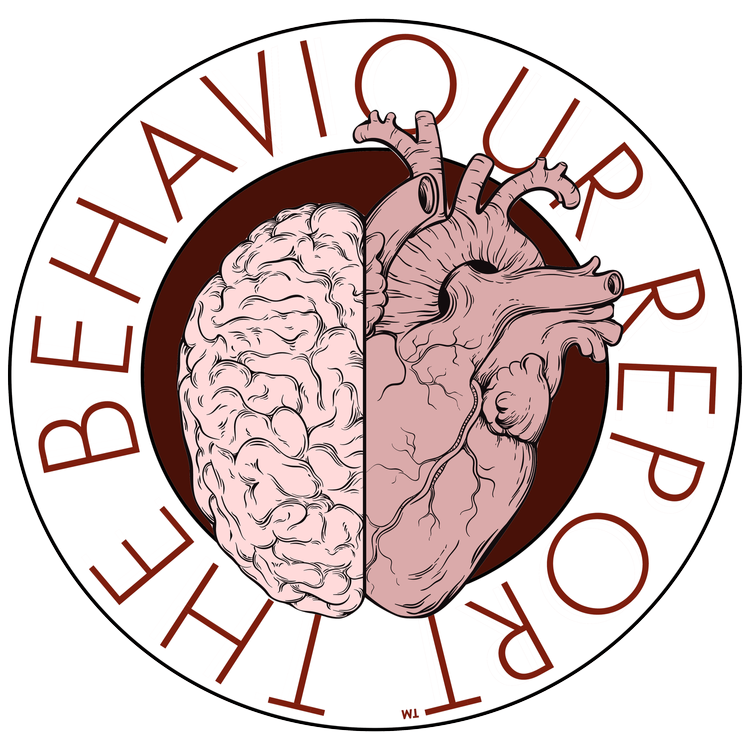Dan Gregory @DanGregoryCo
It’s hard to argue against the power story telling wields as a tool of influence and persuasion. However, a more powerful tool is Story Doing.
Indeed, story telling is one of the oldest and most revered of our communication tools, one that allows us to take mundane facts and pedestrian ideas and render them memorable, personal and pass-on-able.
In fact, virtually every culture, be they national, social or organizational, is merely the collection of behaviors and beliefs codified in our shared stories.
I have a particular interest in storytelling, as it is a skill that has helped me build my business (and in turn fuelled my cash flow) in the work I do with C-Suite Executives, Board Directors, Leadership Teams and Sales and Marketing professionals. In helping them hone the craft of storytelling in their presentations, communications and pitches it has given me immense rewards, both personally and professionally, as well as building their confidence, presence and persuasiveness.
However, as compelling as a story well told might be, what I consider to be even more engaging, more influential and exciting, is a concept I call Story-Doing.
I define this as the capacity to design into our processes, systems and behaviors unique experiences that might be worth telling a story about?
In doing so, we move from the position of storyteller to story protagonist or hero.
So what are the core elements of Story-Doing?
1. Develop a signature move or “no-where-else experience”
We often assume that a good experience, good leadership or good service is worth telling a story about. I’d like to put it to you that good is actually a hygiene factor, the cost of entry or table stakes.
The truth is, we only really notice the outliers in our experience. If we expect good (and today we very much do) then we become blind to it – and rarely share it via our stories.
What we do notice, and take an interest in, is the unanticipated, the inspiring or the surprising. The key here is to engineer the extraordinary into the everyday, or to do the thoughtfulness before the thoughtfulness is required.
This is something I observed in an IKEA store foyer a number of years ago. The skies were teeming with rain outside as I ran from my car to the store’s entry way, and there, on a sandwich board handwritten in chalk were the words, “We’ve noticed it’s raining outside… so we’ve cut the price of our umbrellas in half.”
All of a sudden I liked IKEA a little more and felt more predisposed to part with some of my hard earned folding in their establishment.
I tracked the store manager down and, as a trainer of people myself, asked them what kind of training they were offering to ensure that this kind of proactive thoughtfulness showed up in their team’s behavior.
They shared with me, “We don’t train them to be thoughtful, that’s already done. The sign is always in a storeroom, we just train them to wheel it out when it’s raining.”
This made me appreciate the sign even more.
2. Ensure it is relevant & and make it personal
I mentioned earlier that Story-Doing allows you to become the hero of your story, however, the hero of the experience itself should be the person you wish to share the story on your behalf – be it your customer, a member of your team or a constituent in your community.
Too often, in designing our strategies, processes and systems, we filter the world through our own eyes, our world-view and our personal biases and objectives. This is a critical error in building engagement and establishing influence.
The more relevant we can make an experience, in terms of timing, personal salience and accessibility, the more enthusiastic others will tend to be in the sharing of it. Which leads me to my final point:
3. Make your Story-Doing “pass-on-able”
We live in a social media age where every meal or clothing decision is documented, photographed, peer reviewed, commented on, liked, challenged and shared, retweeted or “quoted”.
In fact, Nielsen research has estimated that 91% of our decisions are influenced by friend recommendations. These recommendation, unsurprisingly, often take the form of a story.
To encourage pass-on-ability, consider how your story might be retold verbally, in written form or even visually. The more you’re able to furnish the eventual storyteller with the tools that bring their story to life, the more engaging the story will be in the eyes of others.
So, by all means, learn to tell a story well (you might even consider getting some training from an expert in the field). But while you’re about it, consider also what activity you might add to the most mundane of your day-to-day tasks that are so extraordinary they might be worth telling a story about.
